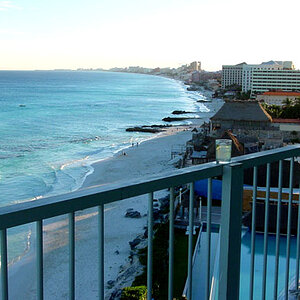Applejuice
TPF Noob!
- Joined
- Jun 11, 2015
- Messages
- 4
- Reaction score
- 1
- Can others edit my Photos
- Photos OK to edit
Hi to all.
I was wondering how you can achieve a shallow-ish DOF at with subjects at medium-to-long range. I only seem to be able to achieve a shallow DOF when shooting close-ups.
The effect I'm looking for is often seen in vintage photos, like this one. The subject (lumberjacks) are sharp and shot at long range, but the background has that nice blur/bokeh going on. If I was to try and mimic this **** with my gear, everything would appear sharp and in focus.
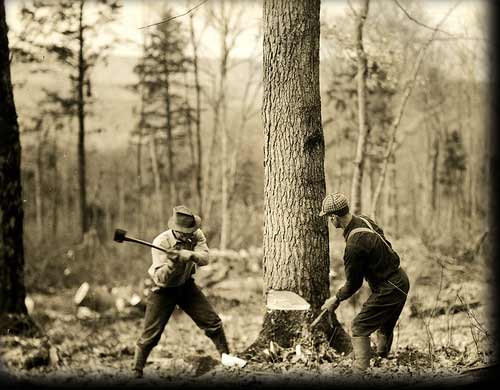
Regarding my gear: I only want to immortalize my travels and experiences as beautiful as possible, but don't want to become a professional. As such, I didn't invest a whole lot of money when purchasing a camera. I bought myself a Nikon D5200 a few years ago that came with 2 kit lenses (18-55mm f3.5-5.6 and a 55-300mm f4.5-5.6) and purchased a 50mm f1.8 last year.
Is above mentioned effect even possible with my gear? Like I said, as an amateur without professional ambition, I don't want to spend $500+ on lenses and what not, so if my gear is not up to the task, then I'm afraid I'll have to stick with the close-ups I'm doing right now
Thanks in advance!
I was wondering how you can achieve a shallow-ish DOF at with subjects at medium-to-long range. I only seem to be able to achieve a shallow DOF when shooting close-ups.
The effect I'm looking for is often seen in vintage photos, like this one. The subject (lumberjacks) are sharp and shot at long range, but the background has that nice blur/bokeh going on. If I was to try and mimic this **** with my gear, everything would appear sharp and in focus.

Regarding my gear: I only want to immortalize my travels and experiences as beautiful as possible, but don't want to become a professional. As such, I didn't invest a whole lot of money when purchasing a camera. I bought myself a Nikon D5200 a few years ago that came with 2 kit lenses (18-55mm f3.5-5.6 and a 55-300mm f4.5-5.6) and purchased a 50mm f1.8 last year.
Is above mentioned effect even possible with my gear? Like I said, as an amateur without professional ambition, I don't want to spend $500+ on lenses and what not, so if my gear is not up to the task, then I'm afraid I'll have to stick with the close-ups I'm doing right now
Thanks in advance!


![[No title]](/data/xfmg/thumbnail/35/35262-02f8eba4a2a92dbae0b55547bba80b4f.jpg?1619736968)
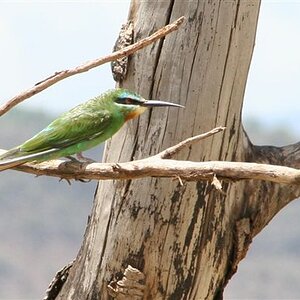
![[No title]](/data/xfmg/thumbnail/40/40309-c759bfd4ae7c079632e7402d21d332f1.jpg?1619739414)
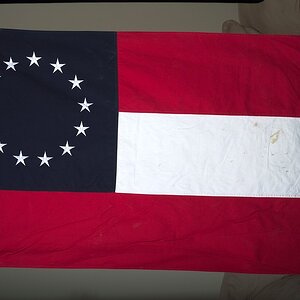
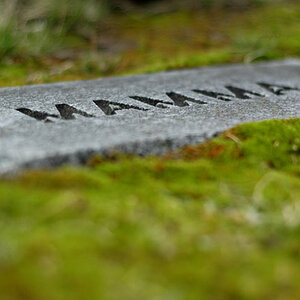
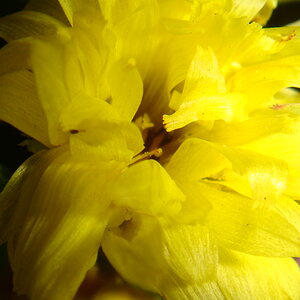

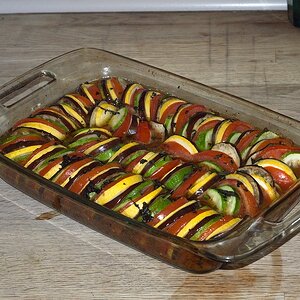
![[No title]](/data/xfmg/thumbnail/37/37540-73002ccb910b97978bc38658622a34d3.jpg?1619738133)
![[No title]](/data/xfmg/thumbnail/33/33031-909b1e1ff8739eef165c60b70c9a6a38.jpg?1619735845)

